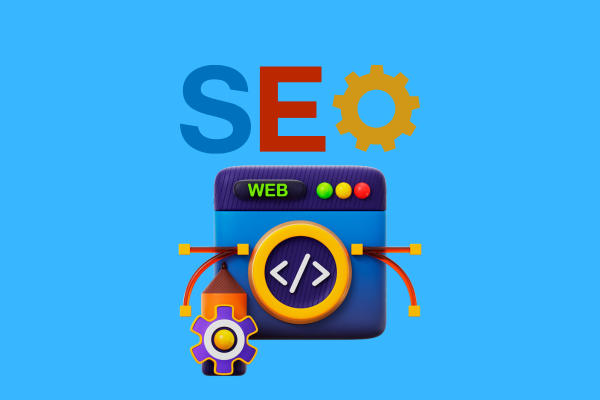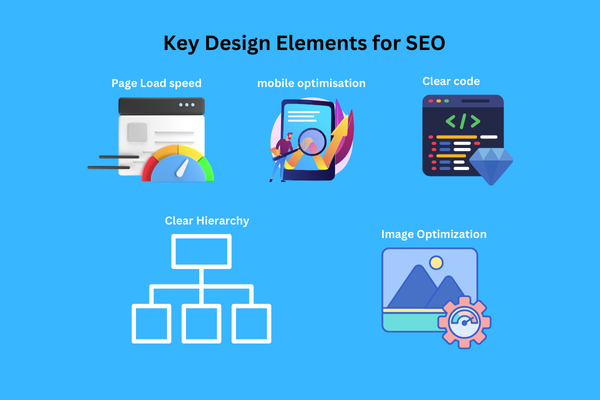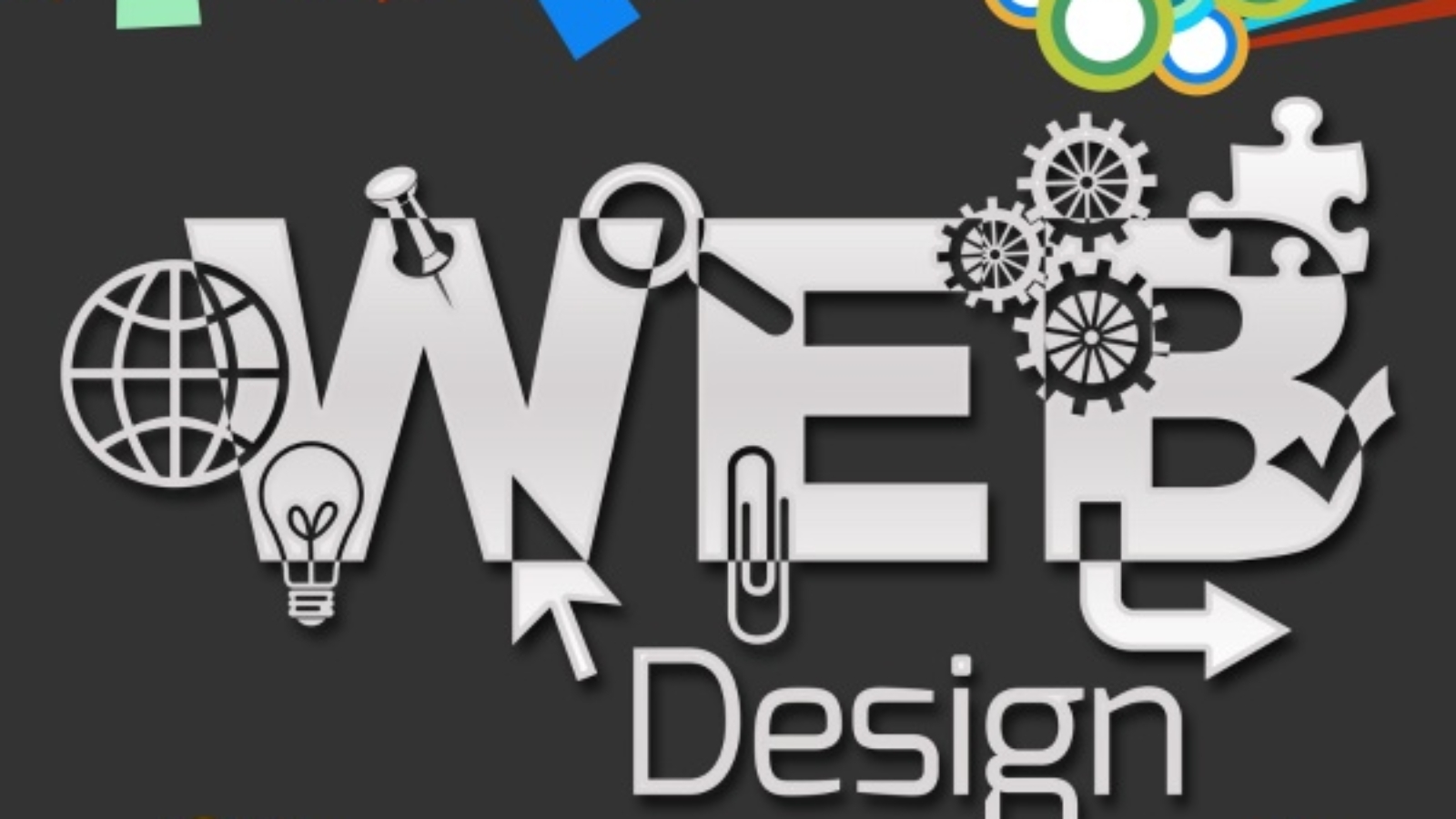In today’s fast-paced digital world, the way your website looks and functions can make or break your tech startup. As an entrepreneur, you know that first impressions matter, and your website is often the first touchpoint potential customers have with your brand. But why is good web design so crucial for tech startups? Let’s dive into the details!
Table of Contents
First Impressions Matter
You’ve likely come across this saying: first impressions are everything, and you only get one shot at them. In the online world, your website is your business card, and it needs to impress. Research shows that it takes mere seconds for visitors to form an opinion about your site. If your design is cluttered, outdated, or difficult to navigate, users are likely to leave faster than they arrived.
A clean, modern design not only catches the eye but also creates a sense of trust and credibility. Think of brands like Apple or Slack. Their websites are visually appealing and user-friendly, making visitors feel confident in their products right from the start. A good web design sets a positive tone, encouraging users to explore further and engage with your content.
User Experience (UX) and User Interface (UI)
Understanding UX and UI
User experience (UX) and user interface (UI) are two critical components of web design that focus on how users interact with your website. While UI pertains to the visual elements of a website (like buttons, icons, and layout), UX encompasses the overall experience a user has while navigating the site.
Retaining Users Through Good Design
When users visit your website, they expect it to be intuitive and easy to navigate. If they encounter broken links, confusing menus, or long loading times, they’re likely to abandon your site. Research indicates that a well-designed website can boost conversion rates by up to 400%! This means that investing in good UX/UI can significantly increase the likelihood of users taking action—whether that’s signing up for a newsletter, downloading a resource, or making a purchase.
To illustrate this point, let’s consider the case of a tech startup that revamped its website to improve UX. By simplifying the navigation and optimizing page load speeds, they saw a 50% increase in user retention and a 30% increase in conversions within just a few months.
Tips for Improving UX/UI
Here are some practical tips for enhancing the UX/UI of your startup’s website:
- Simplify Navigation: Use clear labels for your menu items and limit the number of options. A user should find what they’re looking for in three clicks or less.
- Optimize for Speed: Ensure your website loads quickly. Aim for under three seconds.
Utilize resources such as Google PageSpeed Insights to pinpoint opportunities for enhancement. - Use High-Quality Images: Visuals should enhance your content, not distract from it. Opt for high-resolution images that align with your brand identity.
- Consistent Branding: Use consistent colors, fonts, and styles across your site to create a cohesive look and feel.
- Gather Feedback: Regularly ask users for their feedback on the site’s usability. Use their insights to make continuous improvements.
Building Credibility and Trust
The Link Between Design and Trustworthiness
In the tech world, credibility is everything. When potential customers visit your website, they’ll quickly assess whether they can trust you based on your design. A polished, professional-looking website signals that you’re a serious player in your industry.
Professional Design Elements
Good web design incorporates elements that foster trust, such as:
- Testimonials and Reviews: Showcasing positive feedback from customers can enhance your credibility. Include quotes or case studies to illustrate your success.
- Secure Browsing: Use HTTPS to ensure that your website is secure. Display trust badges to reassure users that their data is safe.
- About Us Page: Share your startup’s story, mission, and team. A personal touch helps users connect with your brand on a human level.
Case Studies of Startups
Consider a startup that revamped its website design to reflect a more professional image. They added testimonials, optimized their content for clarity, and showcased their team. The result? A significant uptick in inquiries and conversions, as users felt more comfortable engaging with a brand that appeared trustworthy.
Mobile Responsiveness
The Importance of Mobile-Friendly Design
Did you know that more than half of all internet traffic is generated by mobile devices? This means that if your website isn’t mobile-friendly, you’re missing out on a huge audience. Tech startups must ensure their websites look and function well on smartphones and tablets.
Best Practices for Responsive Design
Here are some best practices to ensure your site is mobile-responsive:
- Flexible Layouts: Use fluid grids that adjust to different screen sizes. This ensures your content displays well, regardless of the device.
- Touch-Friendly Navigation: Make sure buttons and links are easy to tap on mobile devices. Use larger touch targets to improve usability.
- Optimize Images: Use responsive images that adjust in size based on the screen. This will help improve load times and performance.
- Test on Multiple Devices: Regularly check how your website looks and performs on various devices and browsers.
By prioritizing mobile responsiveness, you’re not just enhancing user experience; you’re also boosting your chances of ranking higher in search engine results, as Google prioritizes mobile-friendly sites.
SEO and Web Design
How Design Impacts SEO

Search engine optimization (SEO) focuses on improving your website’s visibility so that it appears higher in search engine results. But did you know that good web design can significantly impact your SEO efforts? Elements like site speed, mobile responsiveness, and user engagement play crucial roles in how search engines view your site.
Key Design Elements for SEO
Here are some design-related factors that can influence your SEO:
- Page Load Speed: A fast-loading site enhances user experience and improves your search rankings. Utilize resources such as Google PageSpeed Insights to assess and enhance the loading speed of your website.
- Mobile Optimization: As mentioned, Google prioritizes mobile-friendly websites. Ensure your site is responsive to boost your SEO performance.
- Clean Code: Well-structured code makes it easier for search engines to crawl your site. Consider hiring a web developer who understands SEO best practices.
- Clear Hierarchy: Use header tags (H1, H2, H3) appropriately to create a clear content hierarchy. This helps search engines understand the structure of your content.
- Image Optimization: Ensure images have clear, descriptive filenames and include alt text to enhance accessibility and search engine visibility. This can improve your chances of appearing in image search results.

By integrating SEO into your web design, you’re setting your startup up for long-term success in attracting organic traffic.
Enhancing Brand Identity
The Role of Design in Branding
Your startup’s website is a powerful tool for building brand identity. Good web design reflects your brand’s values, personality, and message. When users visit your site, they should immediately understand what your brand stands for.
Visual Elements That Matter
To create a strong brand identity through web design, focus on these elements:
- Color Palette: Select hues that reflect your brand’s identity. Colors evoke emotions and can influence user behavior.
- Typography: Choose fonts that reflect your brand’s identity. Ensure they’re readable and consistent throughout your site.
- Imagery and Graphics: Use visuals that reflect your brand story. Whether it’s photos of your team or custom graphics, visuals should reinforce your messaging.
Examples of Strong Brand Identity
Take a look at companies like Airbnb or Mailchimp. Their websites are visually distinctive and clearly communicate their brand messages. By investing in good design, they’ve created memorable online experiences that resonate with their target audiences.
Conversion Optimization
The Importance of Conversion-Focused Design
In the end, the primary objective of your website is to turn visitors into paying customers.Good web design plays a pivotal role in achieving this objective. By strategically placing elements that drive conversions, you can significantly enhance your website’s effectiveness.
Key Elements for Driving Conversions
Here are some design tips to help optimize your site for conversions:
- Clear Call-to-Actions (CTAs): Make your CTAs stand out. Use contrasting colors and compelling copy to encourage users to take action.
- Landing Pages: Create dedicated landing pages for specific campaigns or offerings. Tailor the design and content to guide users toward a conversion goal.
- Minimal Distractions: Reduce clutter on your pages. A clean design helps users focus on what matters—converting.
- Trust Signals: Include elements like customer reviews, case studies, and security badges to reassure users and encourage conversions.
- A/B Testing: Continuously experiment with various designs, layouts, and calls-to-action to discover which options connect most effectively with your audience. Use the insights gained to refine your approach.
By focusing on conversion optimization, you’ll turn more visitors into loyal customers, driving the growth your startup needs.
Conclusion
In conclusion, good web design is essential for tech startups. It shapes first impressions, enhances user experience, builds credibility, and ultimately drives conversions. As you grow your startup, investing in a well-designed website should be a top priority.
Your website is not just a digital presence; it’s a powerful tool for connecting with your audience, showcasing your brand, and achieving your business goals. So take a step back, evaluate your current design, and make the necessary improvements to set your startup up for success.
Additional Resources
- Web Design Tools: Check out tools like Canva, Adobe XD, and Figma for creating stunning designs.
- Learning Resources: Platforms like Udemy and Coursera offer courses on web design and UX principles.
- Consult with Experts: If you’re unsure where to start, consider consulting with web design professionals who can help bring your vision to life.
By prioritizing good web design, you’re not just enhancing your website—you’re investing in the future of your startup. So, what are you waiting for? Get designing!
This blog post is structured to ensure clarity and engagement, making it easy for readers to digest the information while optimizing it for search engines. Feel free to adjust any sections or add specific examples relevant to your startup or industry!

